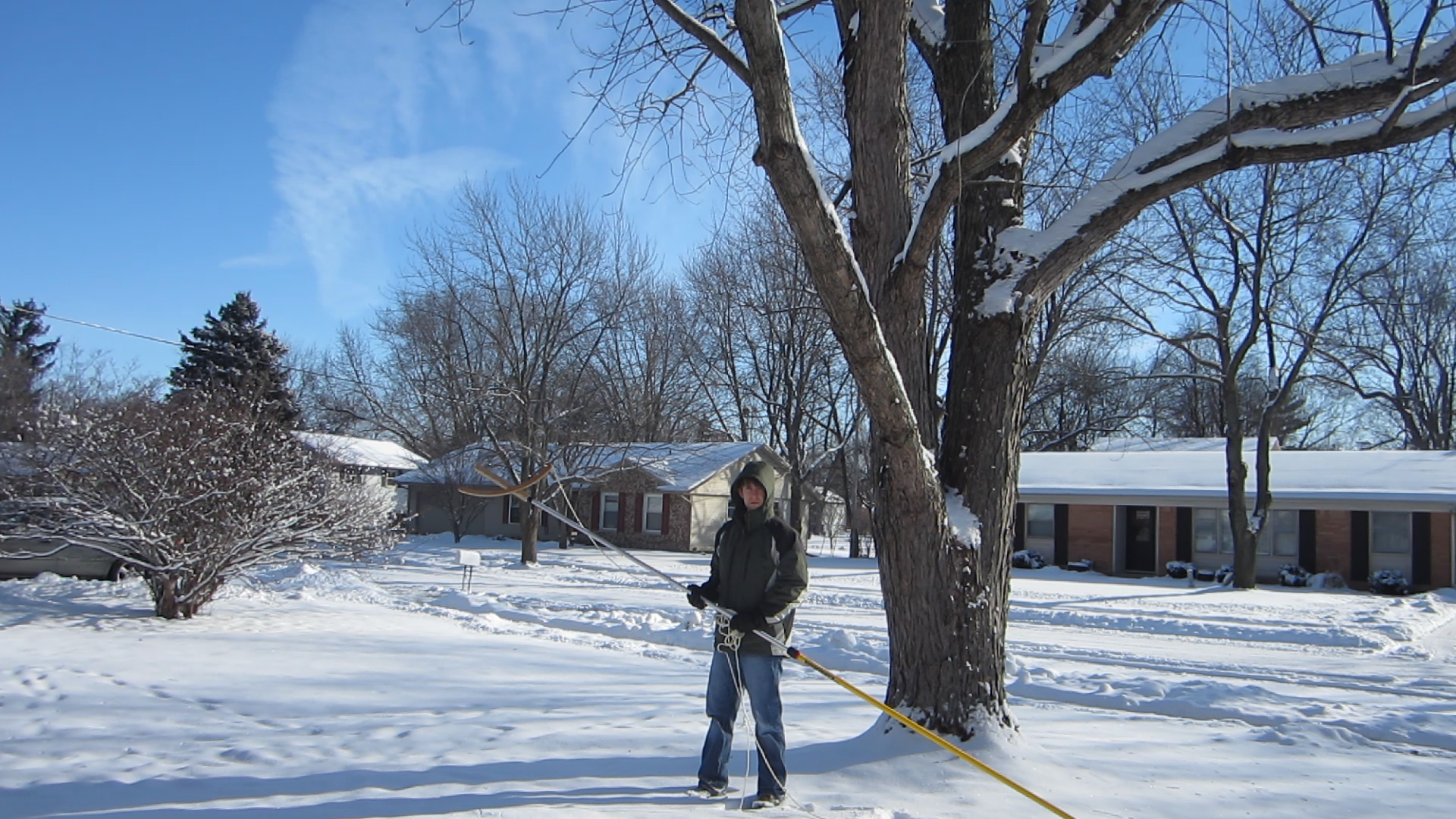Reacher/grabber tools can be pretty helpful, especially if you have limited mobility, but the typical grabber tool that you find in stores is pretty short and can only pick up very light objects. What if you wanted to reach something that is far away or heavy? In that case, I recommend building your own pole-mounted grabber tool.
In this project, I show you how to make your own heavy duty grabber tool that can be mounted to the end of a broom handle or painting pole.


